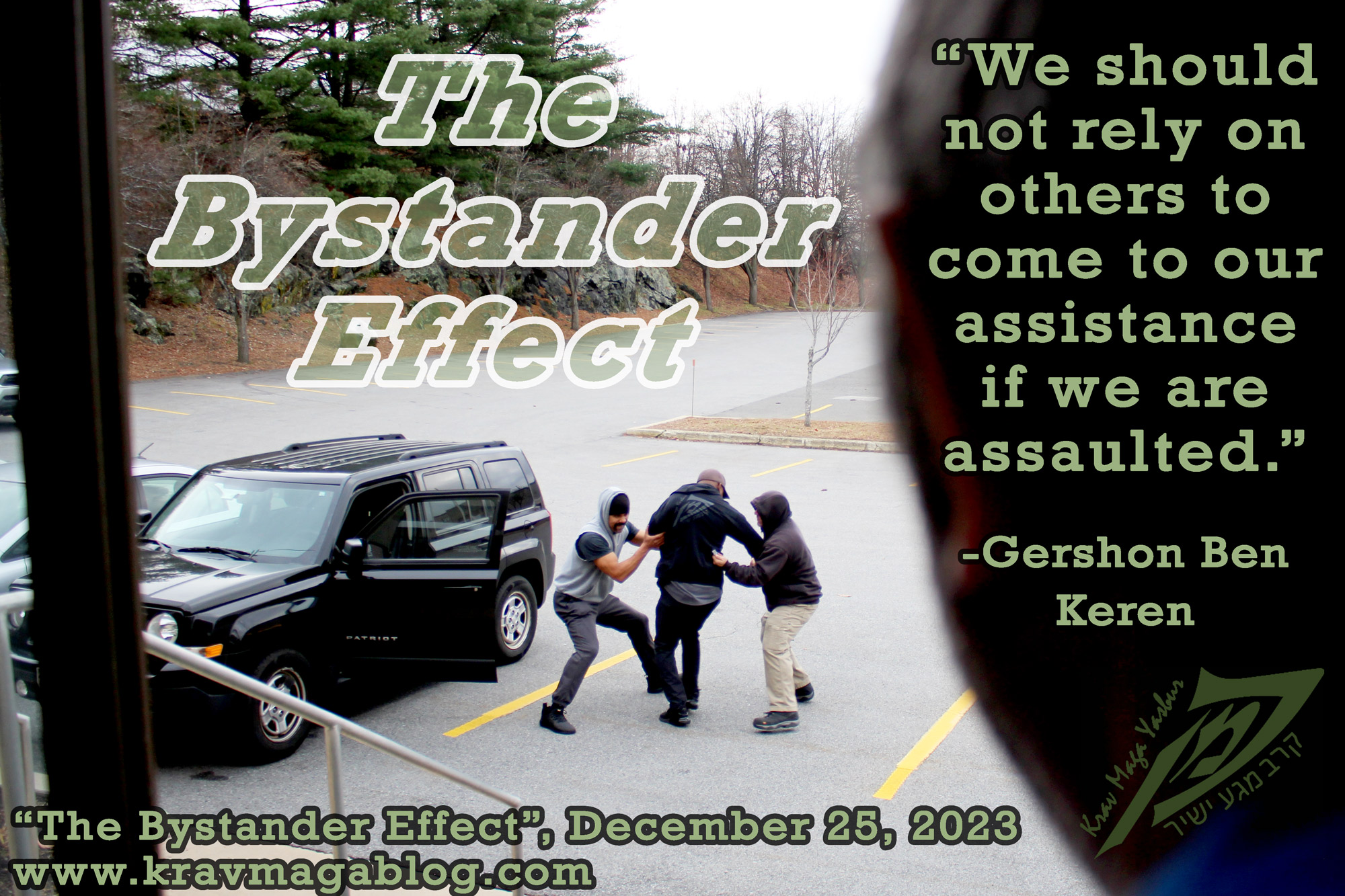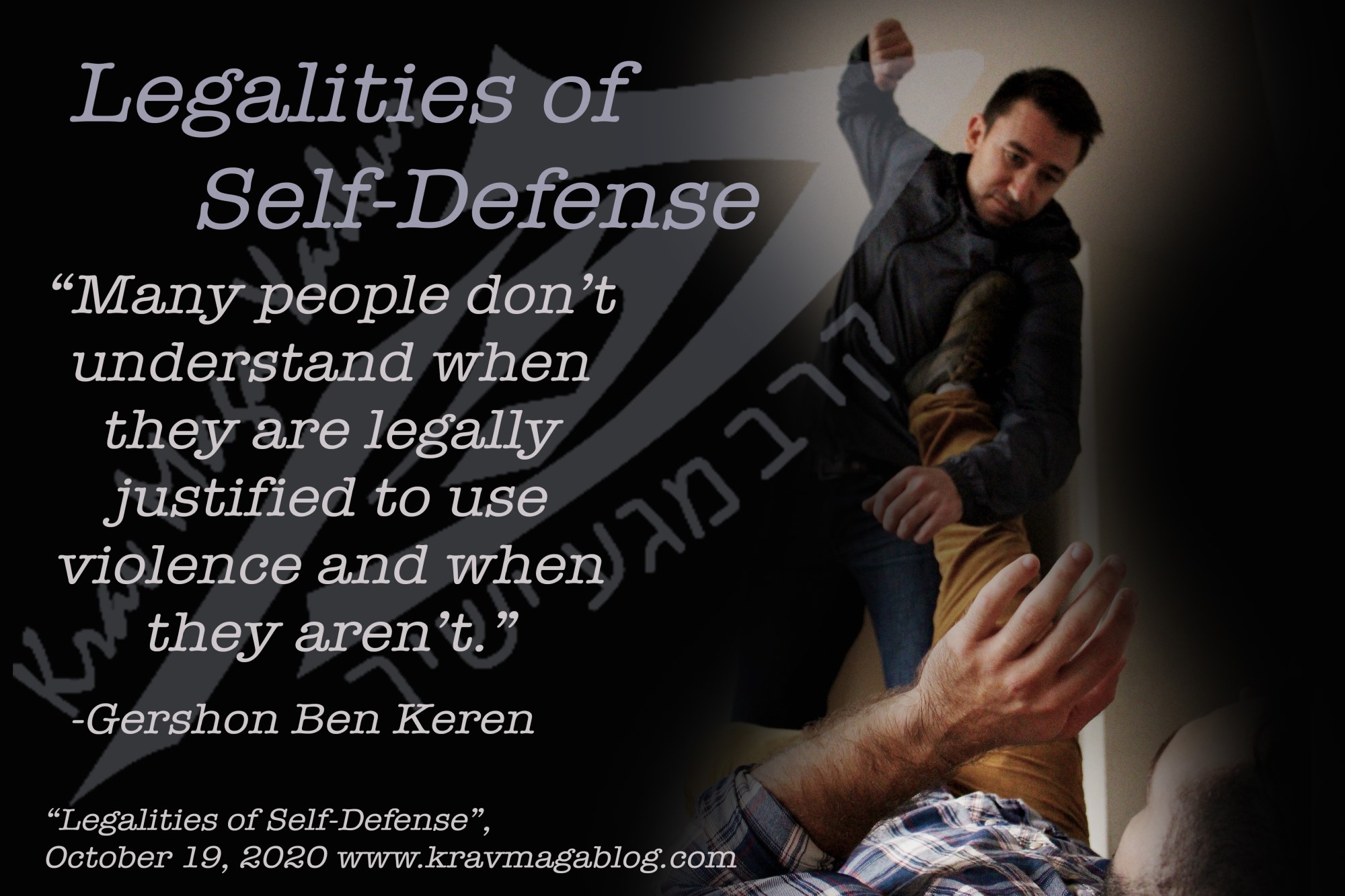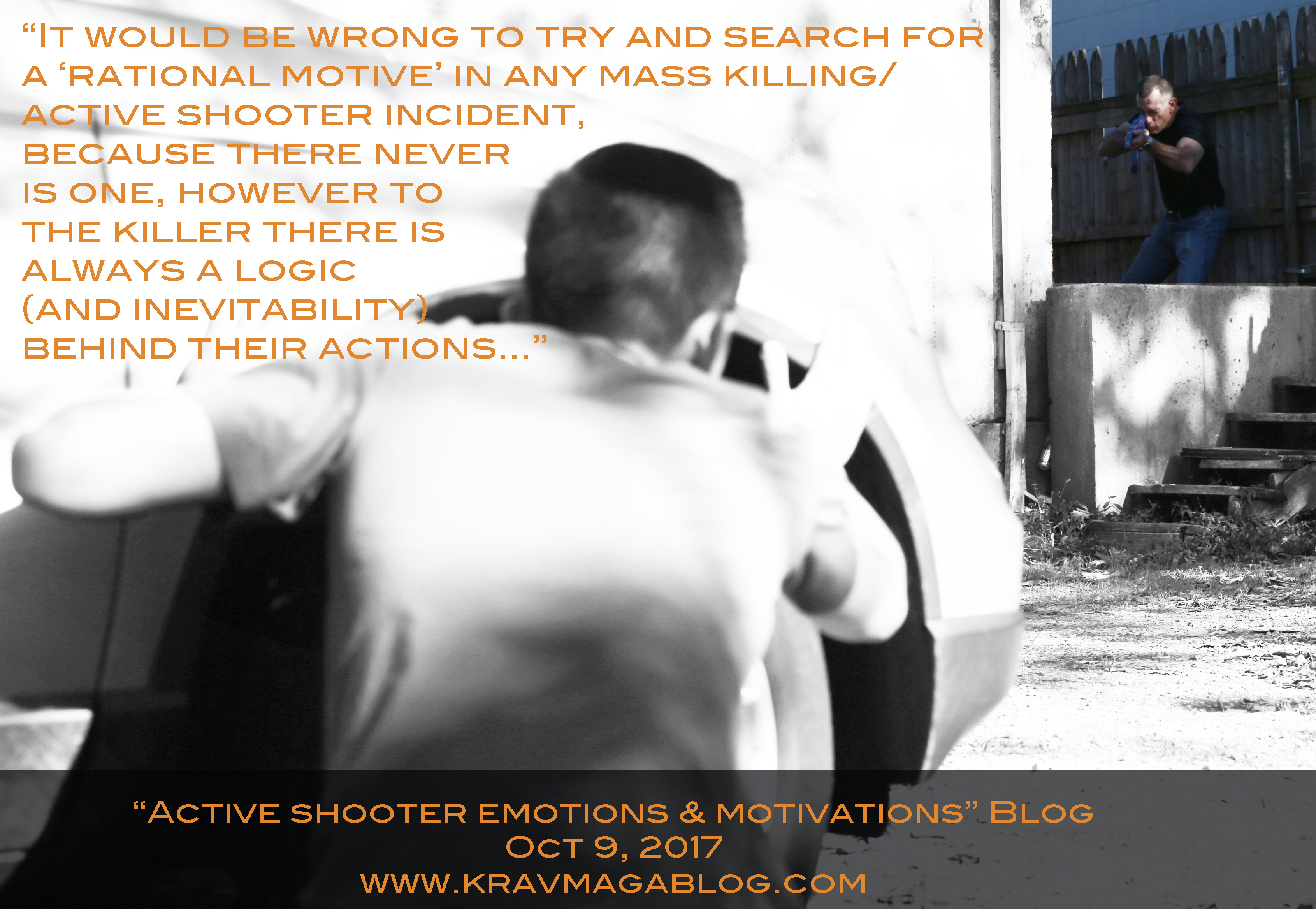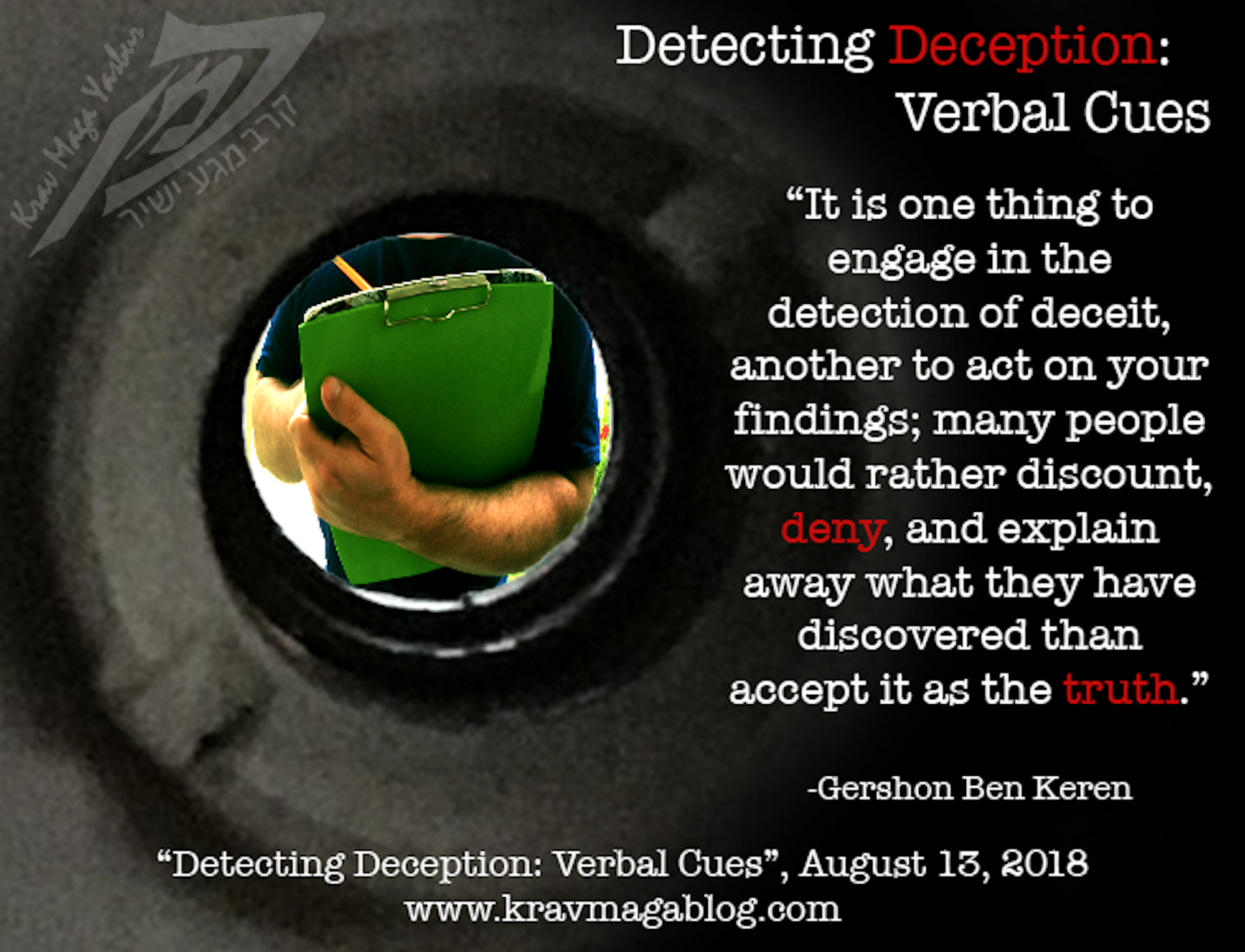Warning Signs, is an article written by Gershon Ben Keren, a 5th Degree Black Belt in Krav Maga, who teaches Krav Maga in Boston, MA. He has also authored three Amazon best-Selling Books on Krav Maga.
Most physically violent encounters are preceded by an aggressor posturing. Most of us have seen, or encountered this, where the person juts their chin forward, shouts obscenities, makes threats, and spreads their arms wide. Posturing is a clear indication that someone is considering physically harming us, however in and of itself it doesn’t indicate that a person is ready to make an assault. Posturing serves two basic purposes: one, to intimidate the target, and cause them to either back away or become too scared to be able to respond to any physical attack (literally freezing the person into inaction), and two, to get the assailant to an emotional place/level where they are prepared and ready to make their assault. Posturing can contain signals that the person engaging in this behavior doesn’t want to fight as well as signals, that the “talking” phase is over and they’re about to launch their assault.
The problem with a lot of the physiological “warning signs” that indicate a person is about to assault you is that they are too subtle to pick up on, especially in many of the situations that you are likely to encounter violence. I have read and been at seminars where instructors have talked about changes in face color, jaw clenching, chin jutting etc. and whilst all of these things are definitely indicators and do indicate that a person is getting ready to attack, they are almost impossible to pick up on, especially if a person is intoxicated and when you are in bad light e.g. clubs, pubs, bars etc- the places you are likely to run into people who are more prone to violence and engage in posturing behavior.
In my experience, it is much easier to notice the changes in the way a person verbally communicates, rather than the way they physically do. My very first de-escalation technique is to ask open ended questions concerning the situation, and listen and judge the responses to them. If the person can talk and communicate at this level, I can normally be pretty safe in assuming that their posturing behavior is largely about resolving the conflict, rather than escalating it. This doesn’t mean I drop my guard rather, that I recognize there is a good chance of walking away without a fight. My trouble comes when the person can’t communicate well, and engages in some of the following activities: silence, staccato answers, jumbling up the word order of a sentence and/or repetitive looping.
Communicating verbally requires our brains to be working with the capacity to reason still intact, as we become more emotional, we become less reasonable and less able to verbally communicate. Silence is a very good indicator that a person is left with two options: fight or flight. I have seen and experienced both responses from silent people. I have seen people become silent to a question and walk away and I’ve seen others launch a punch. I’ve also seen/experienced people turn to walk away in order to set up a punch i.e. they use the movement to blade their body and set their feet to strike.
When people are reduced to staccato answers they do so because they are unable to form full sentences. This is one of the reasons I always ask open-ended questions; so that they are unable to simply answer yes or no. I need a person to have to try and formulate sentences in order to judge where they are emotionally. The other reason I ask open ended questions is so that the person can have input into the resolution of the conflict – this way they don’t see me as someone posturing to them. If they jumble up the order of the words when answering me, I take this as a definite warning sign.
The “Repetitive Loop” is something that people do to justify their anger, and work themselves up into an emotional frenzy. When somebody keeps repeating an accusation or injustice over and over again e.g. “you spilt my drink”, “are you looking at me?” etc. they are not interested in resolution, they are simply looking to justify to themselves – and possibly those around them – that they are entitled to right this real or perceived wrong physically.
There is a time for talking and a time for action and both need to be understood. Real world self defense should teach both.
0 COMMENTS














